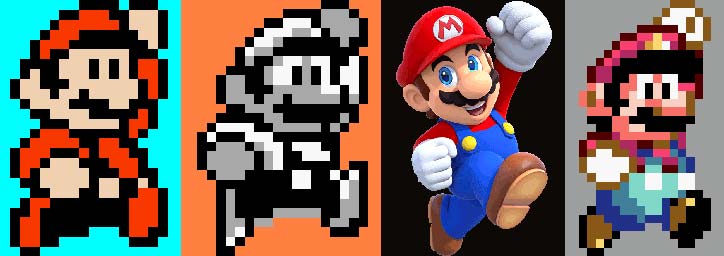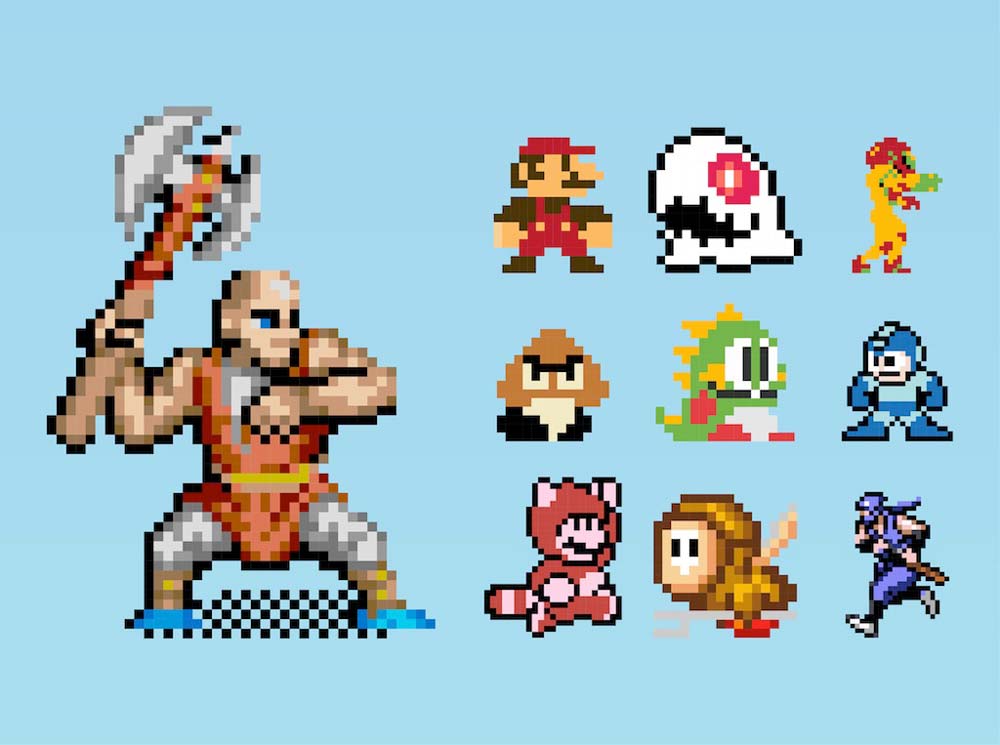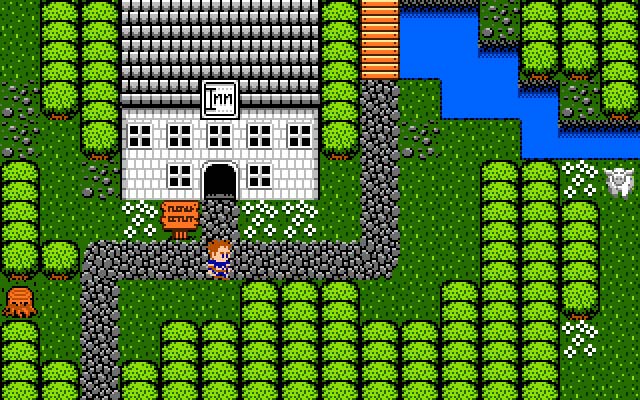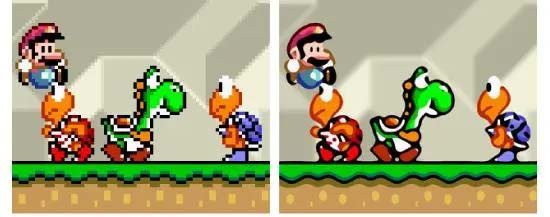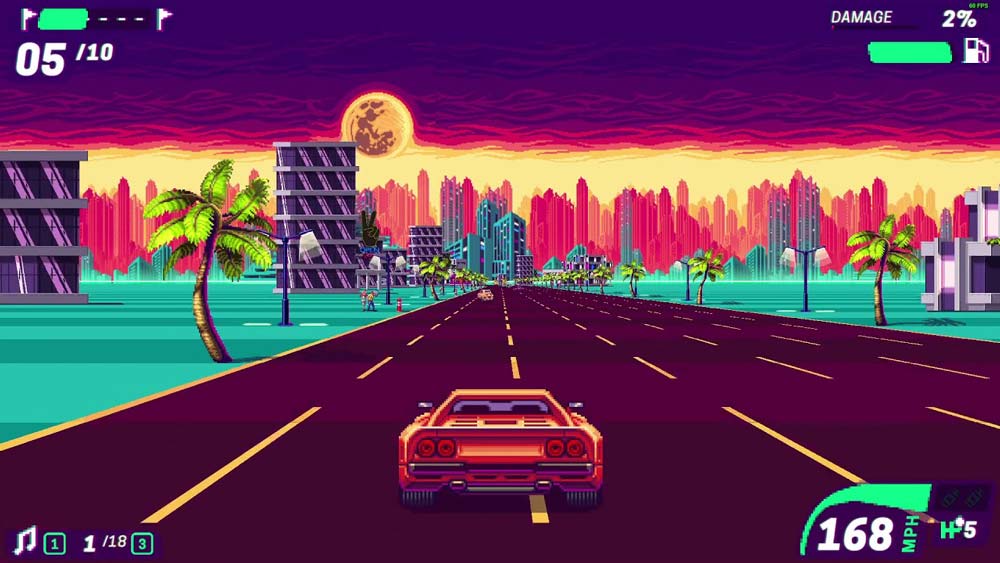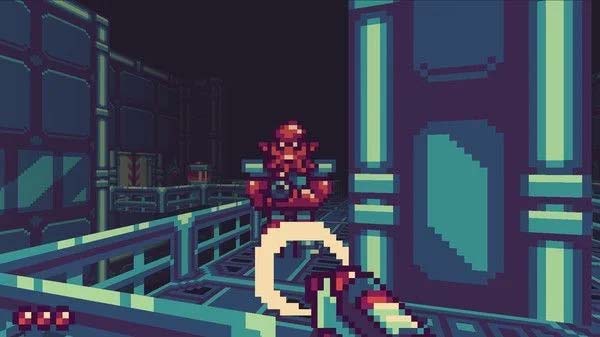8-Bit Graphics: Once Cutting-Edge, Now Timeless
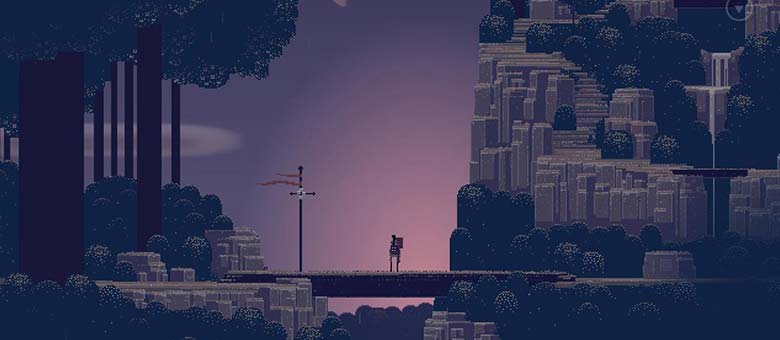
In the world of high-definition visuals, where photorealism and intricate detail dominate, it’s easy to forget that there was a time when video game graphics were limited to basic geometric shapes and pixelated characters. 8-bit graphics, once cutting-edge technology in the world of gaming and computing, have since become a symbol of nostalgia and simplicity. These early graphics, often seen as primitive today, defined an entire era of video games and computing, helping to shape the digital landscape we know today.
In this blog post, we’ll explore the history of 8-bit graphics, why they were once at the forefront of technological innovation, and how their pixelated charm continues to influence modern design and pop culture.
What Are 8-Bit Graphics?
The term “8-bit” refers to the amount of data that can be processed at once by a computer’s processor. Specifically, an 8-bit system can process 256 different values per color channel, resulting in a limited color palette and low-resolution graphics. While this may sound restrictive by today’s standards, 8-bit graphics were a remarkable achievement in their time, offering a new way for computers and video games to visually represent their worlds.
In an 8-bit system, each pixel could only be one of a limited set of colors, and the resolution was often low, resulting in images that appeared blocky and jagged. However, this was a far cry from the text-based interfaces that preceded it, and for early gamers and computer users, the introduction of pixelated images and colorful sprites felt like a revolution.
The Rise of 8-Bit Graphics: Early Video Games and Computing
The rise of 8-bit graphics coincided with the early days of home computing and video gaming. In the 1970s and 1980s, personal computers like the Apple II and Commodore 64, as well as gaming consoles like the Nintendo Entertainment System (NES) and Sega Master System, began to feature 8-bit processors. These systems allowed for colorful, pixelated graphics that opened up new possibilities for gaming, programming, and creative design.
Early video games like Space Invaders, Pac-Man, and Super Mario Bros. used 8-bit graphics to create vibrant worlds and iconic characters that are still recognized today. These games relied on the simplicity of 8-bit graphics to deliver fast-paced action and engaging gameplay. The pixelated look became synonymous with the gaming experience of the time, and the limitations of 8-bit technology pushed developers to be innovative in their designs.
For computers, 8-bit graphics were a breakthrough in user interfaces, allowing for basic visual elements like icons, windows, and cursors. These early graphical user interfaces (GUIs) laid the groundwork for the development of modern operating systems and software.
The Appeal of 8-Bit Graphics: Simplicity and Innovation
While 8-bit graphics may seem basic by today’s standards, there was an undeniable charm to the simplicity of these designs. The limited resolution and color palette forced designers to be creative, finding ways to express ideas and emotions through minimal visual elements. Characters, objects, and environments had to be reduced to their most essential forms, resulting in clean, recognizable shapes that were easy for players to understand and interact with.
The pixelated nature of 8-bit graphics also sparked the imagination. The “blockiness” of the images left room for interpretation, allowing players to fill in the details with their own imagination. This sense of abstraction became a defining characteristic of 8-bit art, and it is part of what makes the style so beloved today.
From Cutting-Edge to Nostalgic: The Evolution of Graphics
As technology progressed, 8-bit graphics were eventually replaced by 16-bit, 32-bit, and 64-bit systems, which offered better color depth, higher resolutions, and more detailed graphics. By the 1990s, 3D rendering and photorealistic graphics began to dominate the video game industry, and 8-bit visuals became associated with the past.
However, this shift didn’t signal the end of 8-bit graphics’ influence. Over time, the simplicity and pixelated style began to gain new fans, particularly among those who grew up with the games and systems of the 1980s and 1990s. As digital culture embraced retro aesthetics, 8-bit graphics became a symbol of nostalgia, evoking memories of childhood gaming and early computing experiences.
8-Bit Graphics Today: A Revival in Modern Design and Culture
In the 21st century, 8-bit graphics have experienced a remarkable revival. Indie game developers, graphic designers, and digital artists have embraced the style, often using it to evoke a sense of nostalgia while also exploring new creative possibilities. The simplicity of 8-bit design allows for a focus on gameplay, creativity, and storytelling, and many modern games have adopted the retro aesthetic, blending old-school graphics with new technology.
Popular games like Shovel Knight, Undertale, and Stardew Valley have brought 8-bit-inspired graphics back into the mainstream, proving that there is still a place for pixelated art in modern gaming. These games often blend retro graphics with modern gameplay mechanics, creating a sense of familiarity and nostalgia while also offering fresh, innovative experiences.
Beyond video games, 8-bit aesthetics have made their way into other areas of design. From graphic design and advertising to fashion and music videos, 8-bit influences are visible in modern pop culture. The pixelated look is often used for its nostalgic appeal, as well as for its distinct, eye-catching style.
The Legacy of 8-Bit Graphics in Gaming and Popular Culture
8-bit graphics are more than just a relic of the past—they are a lasting influence on gaming, art, and design. The simple, colorful style of 8-bit graphics continues to inspire new generations of creators, and their impact can be seen in everything from digital art to modern web design.
In gaming, 8-bit graphics have been embraced as a way to capture the spirit of classic video games while offering new experiences. The rise of indie games, many of which feature 8-bit-inspired art, has helped maintain the cultural relevance of this aesthetic. Additionally, 8-bit music and sound effects, known for their catchy, chiptune style, are often used in modern games and digital projects to evoke the feel of old-school gaming.
In pop culture, 8-bit imagery has become synonymous with retro and vintage styles. The pixelated art style is frequently used in branding, merchandise, and media to tap into the growing interest in nostalgia, especially among those who grew up in the 1980s and 1990s.
Conclusion: The Enduring Influence of 8-Bit Graphics
8-bit graphics were once cutting-edge technology, pushing the boundaries of what was possible in video games and computing. Today, they are a beloved part of digital history, admired for their simplicity, creativity, and nostalgic appeal. While modern graphics have evolved to provide stunningly realistic visuals, the influence of 8-bit art remains strong, continuing to inspire designers, developers, and artists worldwide.
Whether in the form of retro video games, pixel art, or modern design trends, 8-bit graphics are proof that sometimes, the simplest designs can leave the most lasting impact.
References
- Foster, P. (2014) The Evolution of Video Game Graphics: From 8-Bit to Modern Day. New York: Routledge.
- Williams, M. (2018) 8-Bit Aesthetics in Modern Gaming: A Nostalgic Revival. Journal of Digital Design, 22(3), 105-120.
- Turner, A. (2016) Retro Gaming and 8-Bit Revival: A Cultural Analysis. Journal of Pop Culture, 34(2), 88-97.
- Peterson, L. (2012) The Art of 8-Bit: Digital Design in the Age of Pixels. Los Angeles: Chronicle Books.
